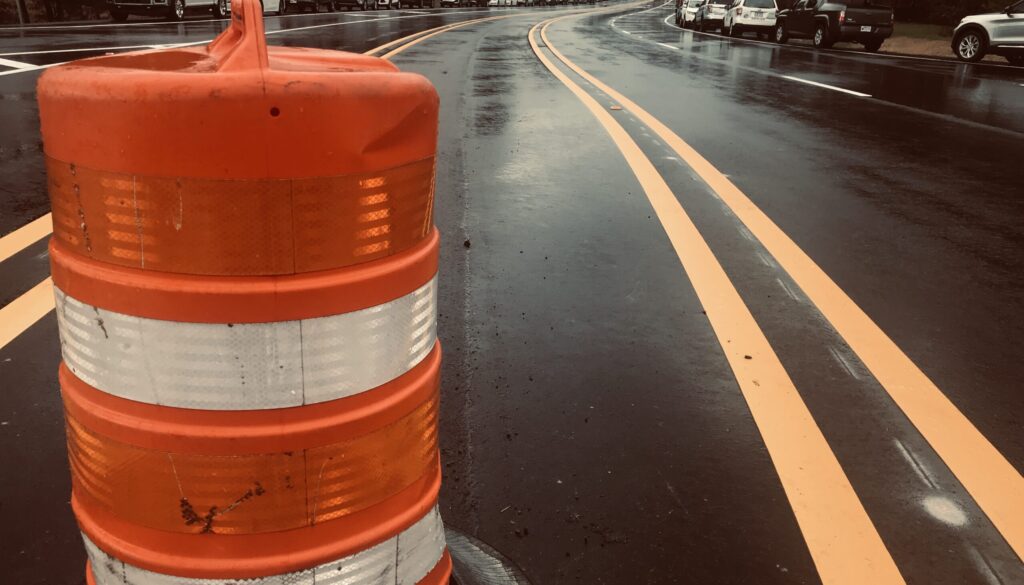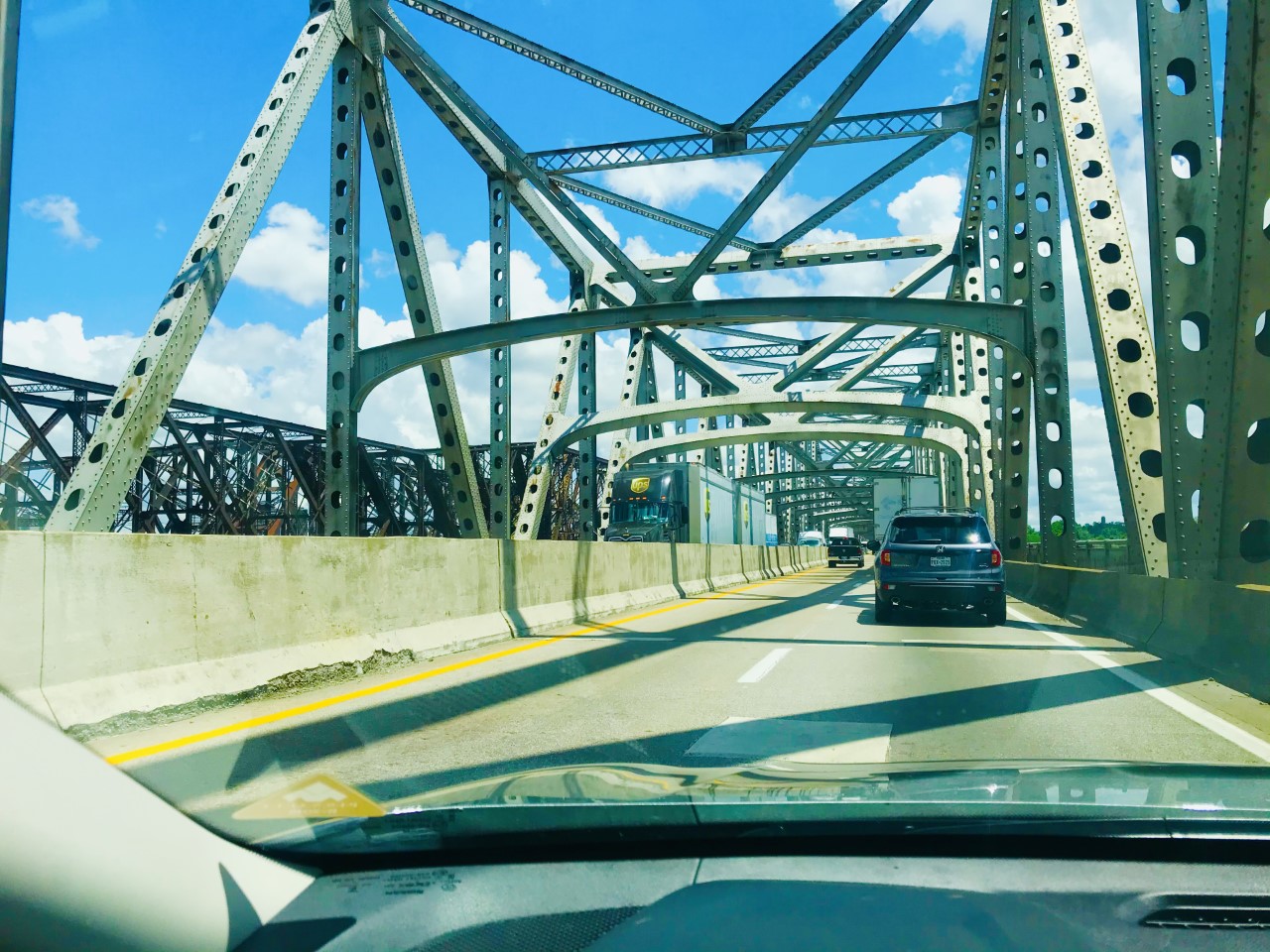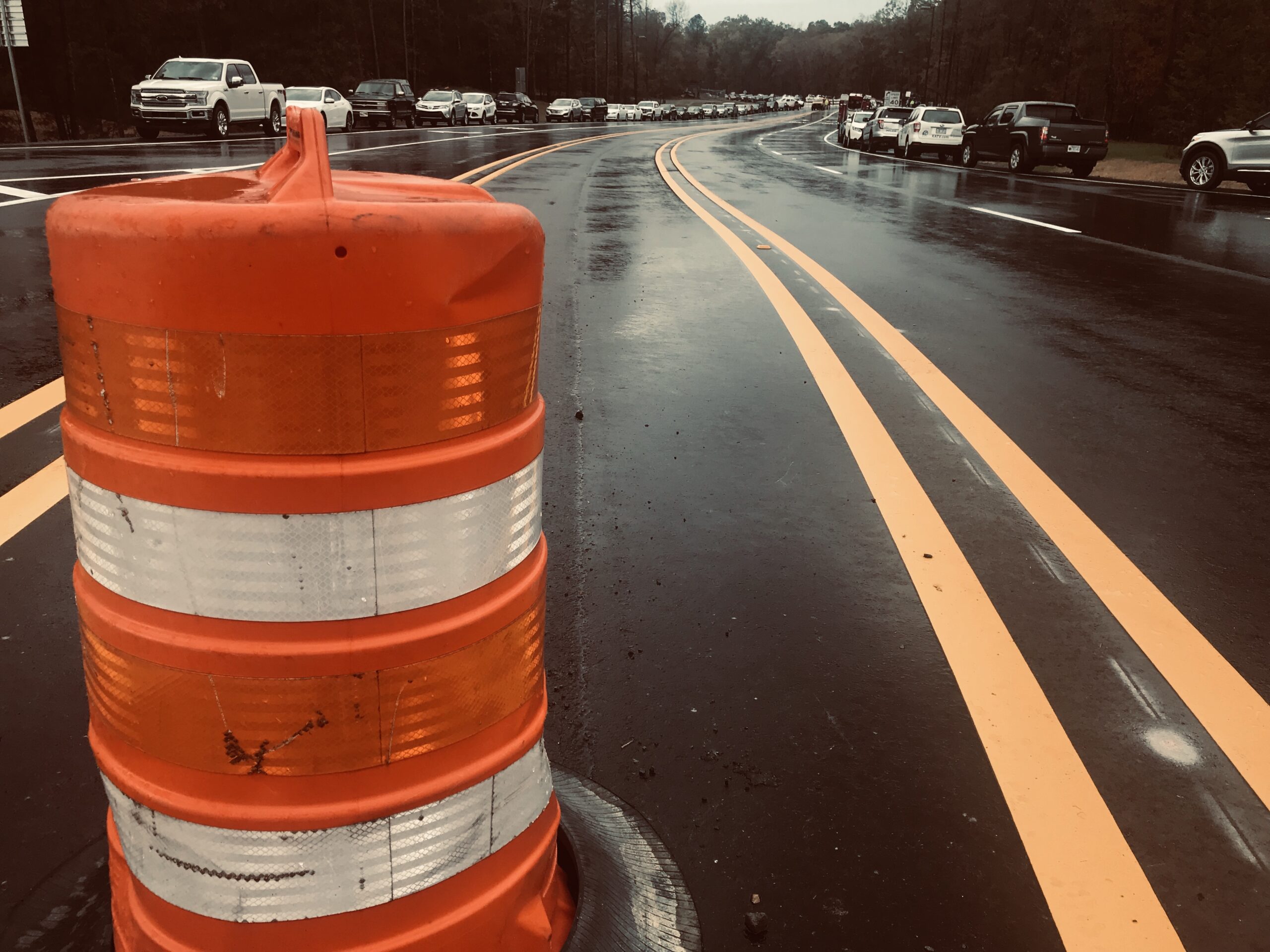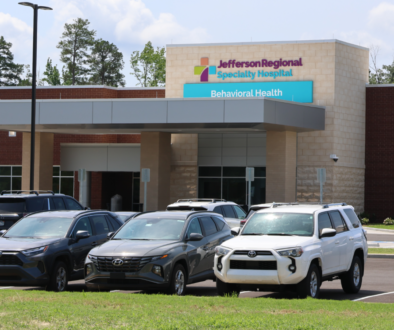Road Safety By The Numbers

Since early 2020, highway crashes, serious injuries, and deaths have sharply increased by about 40 percent, but in highway construction work zones the increase was estimated at up to almost 70 percent. These numbers are causing the asphalt construction industry and experts to take notice. Speeding, raging, drinking, and distracted driving are ranked as top causes, and nationwide the high numbers held steady in the first quarter of 2022, up by about 7 percent over the same period in 2021, according to NHTSA.
In Arkansas, there were approximately 500 traffic-related deaths in 2019, but that number jumped to almost 700 in 2021. The state had the third highest increase in fatal crashes nationwide in 2020.
In 2021, two ARDOT employees were killed by a driver. Arkansas followed the nationwide trend in 2020 and 2021, but last year’s preliminary crash numbers dropped to pre-Covid levels. Agency and industry leaders aren’t convinced it’s a real reversal of the two-year upward trajectory. Instead, maybe a temporary blip. Work zone employees are feeling the brunt of this uptick, and contractors are worried about the safety of their employees. They’re seriously discussing work zone crashes, hoping to address this problem head-on.
Arkansas Road Safety: By the Numbers By Deborah Horn
“People are shocked to learn that 857 people were killed in work zone accidents in 2020. In total, during that same time, there were about 102,000 accidents and about 45,000 injuries,” said Nathan Smith, Vice President of Engagement for the American Traffic Safety Services Association (ATSSA).
He was speaking at the Arkansas Asphalt Pavement Association (AAPA) Quality Conference in January, which included about 320 association members from AAPA and Arkansas Good Roads.

Park Estes, AAPA Executive Director, agreed with Smith, saying, “It’s disturbing.”
Estes isn’t alone, and there’s growing concern about safety among AAPA and Good Roads members.
“This was in part because of the large increase of vehicle accidents since the start of the pandemic, and the numbers coming from various highway or road construction agencies are staggering and heartbreaking,” Estes said.
During his session, Smith said most injuries and deaths don’t happen to construction workers, but the majority involve passenger vehicle drivers and/or their passengers. “This means the industry or Arkansas Department of Transportation (ARDOT) can’t solve the problem without a change in the public’s driving habits,” Estes said.
The Covid Effect
Dave Parker, ARDOT Public Information Officer, said that during 2018 and 2019, work zone crashes were down to about 1,250 work zone crashes annually, resulting in about a dozen deaths and around 50 suspected serious injuries. That changed in early 2020, with ARDOT noting an increase to roughly 1,459 work zone crashes, 19 deaths, and 47 serious suspected injuries, according to state numbers.

Parker described 2021 as “the peak year,” with the numbers more than doubling to 2,597 work zone crashes, resulting in 20 fatalities and 64 serious suspected injuries.
“It was a bad year, nationwide as well as in Arkansas,” Parker said.
In the highway business, there are some theories as to why the numbers dramatically jumped.
“With Covid…Things were different,” Parker stated.
Smith said, “Many industry experts thought it would be a safer time, [but] speeding increased. It was like roads were open racetracks. It was extraordinarily alarming to us.”
Most Americans were urged to stay home and mask up, and there were probably some who might have thought, “You can’t tell me what to do,” and rebelled, Parker said, explaining one theory about increased risky behavior on the country’s roadways.
“Road rage was high,” Parker said.
In 2020, the Arkansas State Police (ASP) issued 2,030 (speeding) citations; in 2021, they issued 2,452, an almost 21% increase, said Cindy Murphy, ASP Communications Director. Smith said, “Work boots on the ground report seeing cars whizzing by at 70 mph,” but speeding isn’t the entire problem, and it comes in second to distracted driving.
Distracted driving is the number one cause of work zone accidents and includes activities such as talking, texting, eating, programming navigation, drinking, and multitasking. In 2019, 7 percent of all fatal crashes were distraction-related, resulting in 3,142 lives lost, an increase of almost 10 percent over 2018 when 2,858 lives were lost due to distracted driving, according to the NHTSA’s (National Highway Traffic Safety Administration) 2019 Traffic Safety Facts.
Impaired driving is also a problem. According to NHTSA, from 2010 until 2019, each day about 28 people, about 10,000 annually, died from drunk driving. In 2020, alcohol related crashes killed about 11,654 – that’s almost 30 percent of all deaths, and more than a 14 percent increase over 2019 numbers.
Kids Do It, Too
“Every 15 minutes, a teenager will die due to drunk driving…60% of all teen deaths from car accidents involve alcohol,” states the drive-safely.net website. According to the site, teens are 17 times more likely to die in a crash when they have a blood-alcohol level of .08% than adults, and according to the CDC, since 2020, motor vehicle crashes are the leading cause of teenage deaths in the U.S.
It seems older teen males are more likely to be killed in a crash than their younger counterparts, and teens report they use their seatbelts less, but text and drive drunk more.
Drive-safely also reported some good news: Drinking and driving among teenagers has gone down by 54% in the past two decades through education. However, the American Automobile Association (AAA) said that about 58 percent of teen crashes are due to distracted driving.
A View from the Work Zone
According to an Associated General Contractors 2022 Work Zone Safety Study Survey, “Ninety-seven percent of responders believe highway work zones are either as dangerous or more dangerous than they were a year ago.” About 64 percent, up 4 percent, reported in the last 12 months there was at least one crash involving a moving vehicle at a highway work zone they operate. The numbers represent a 41 percent increase in accidents with injuries, up 7 percent from 2021.
In 2022, driver or passenger fatalities were up 3 percent over 2021.
A Sharp Reversal
In 2022 in Arkansas, work zone crash numbers plummeted, with 1,709 crashes, nine deaths, and 34 serious injuries.
Parker said, “These are preliminary numbers and not finalized, but they are encouraging. We saw a dramatic decrease in work zone crashes and fatalities, and suspected serious injuries. We are encouraged, but one death is too many,” Parker said.
Perhaps life is returning to a somewhat pre-Covid normal, but it’s too early to say for certain, he added. ARDOT’s safety campaign, “Slow Down, Phone Down”, is likely helping move the work zone safety numbers down, and with the last CAP (Connecting Arkansas Program) construction sites completed, there are fewer work zones across Arkansas.
Estes said, “It’s just a challenging time for a number of reasons.” Besides safety worries, the industry is also struggling with employee shortages and training new hires. It’s compounded by material delays and shortages, Estes explained.
More Work, More Work Sites
In the near term, the need to focus on the work zone safety effort matters because of additional state and federal funds increasing the number of road construction projects, meaning more work zones. There will be increases in large and small construction job numbers with the implementation of the STIP (Statewide Transportation Improvement Programs).

Over the next four years, there will be about 800 projects touching every county of the state, ARDOT Director Lorie Tudor said at Arkansas Good Roads November Annual Membership Meeting. The work will cover about 4,100 miles and includes the replacement or rehab of about 271 bridges, about 50 statewide Capacity Projects, and 80 miles of state local Capital Improvements projects.
Estes said, “This is good news for the road construction industry, but it also means we need to redouble our efforts to keep our employees and the traveling public safe.”
Additionally, Tudor said, approximately $200 million under the STIP plan will go to Safety Improvement.
Estes said, “It will take ARDOT and industry leaders working together to utilize this funding carefully and most effectively. We are already discussing superior practices and the issues that might arise over the next few years. We are partnering so everyone can work safely, do a quality job, and move to the next one.”
“We’ve made a lot of strides in the past year, creating a culture of collaboration and cooperation… We’re working together on safety,” Tudor said.
Smith agreed, saying, “Raising awareness is of the utmost importance to the industry. We’ve got to do more than hope for the best.”
D.B. Hill, III, owner of D.B. Hill Contractors Inc., is a lifelong Associated General Contractors of Arkansas member and past president, and as an AGC Lifetime National Director he’s worked at the national level as an advocate for safety.
In addition, he’s Vice President of the Arkansas Good Roads Board and a member of the Arkansas Asphalt Pavement Association, and both the state organizations, he said, have turned their attention to “the issue of creating a safer work zone environment for roadway construction employees and the traveling public.”
He believes a collaboration of ideas and resources, as well as education, are two effective means of accomplishing this goal. Hill said the industry and ARDOT realize the need, based on dramatic increase in work zone deaths and crashes over the last years, and added, “We need to empathize that more drivers and passengers were killed or injured in work zones than workers.”
Although 2022 numbers declined, Hill feels with the predicted increase in asphalt-pavement jobs, both on small- and large-scale, through the STIP funded projects, the accident rates will again climb. Hill agreed with Tudor and Estes that the number of work zone sites across the state will only grow and said, “this is concerning to our industry and ARDOT, and it should be to the traveling public.”
Thoughtful Leadership
Lorie Tudor spends a lot of her time listening to people with thoughts on how to make driving in work zones safer. She was raised in the ARDOT culture, where everyone knows each other, and many families have had multiple generations of people working to design and build roads and bridges. She is thoughtfully making good decisions on how to protect drivers and workers.
At the February Highway Commission meeting, she announced that the department will start retaining off-duty police officers from local communities to park at highway job sites. Arkansas Highway Police officers, who are part of ARDOT, now spend more than 8,000 hours a year carefully watching over job sites, sending a clear message to drivers that it’s time to slow down.
When Tudor and new Highway Commission Chairman Alec Farmer talk about what 2023 looks like for the sprawling department, safety is always one of the first things they both mention.
More available funding means more highway construction, and that means more work zones for drivers to navigate. At the same time, overall driver safety numbers seem to have changed for both good and bad since the pandemic. The data can be confusing, but what remains clear is that everyone in the Arkansas infrastructure world is supportive of measures that make driving safer for both drivers and workers.
Be aware and slow down. Please.




